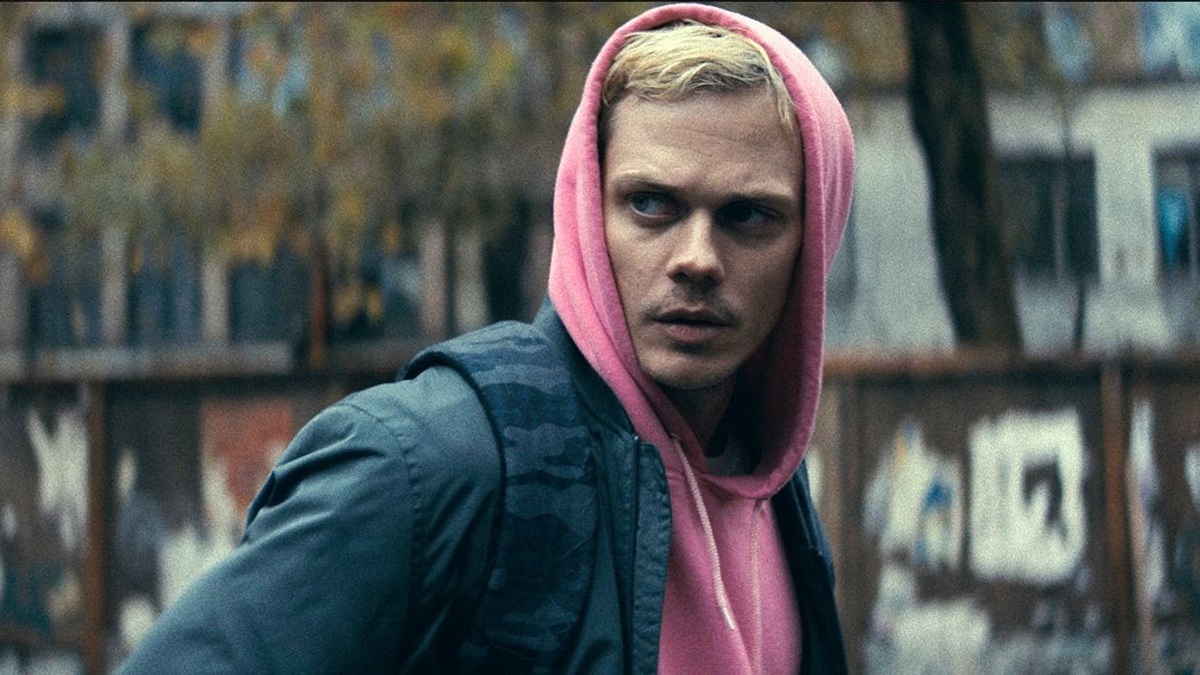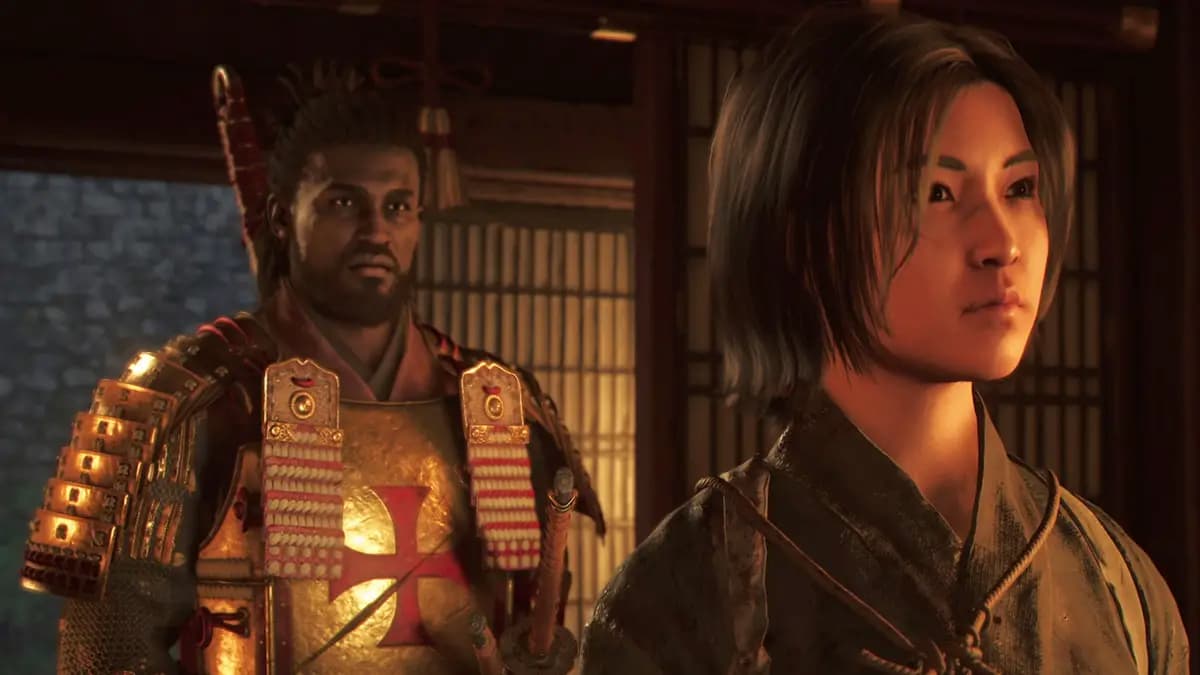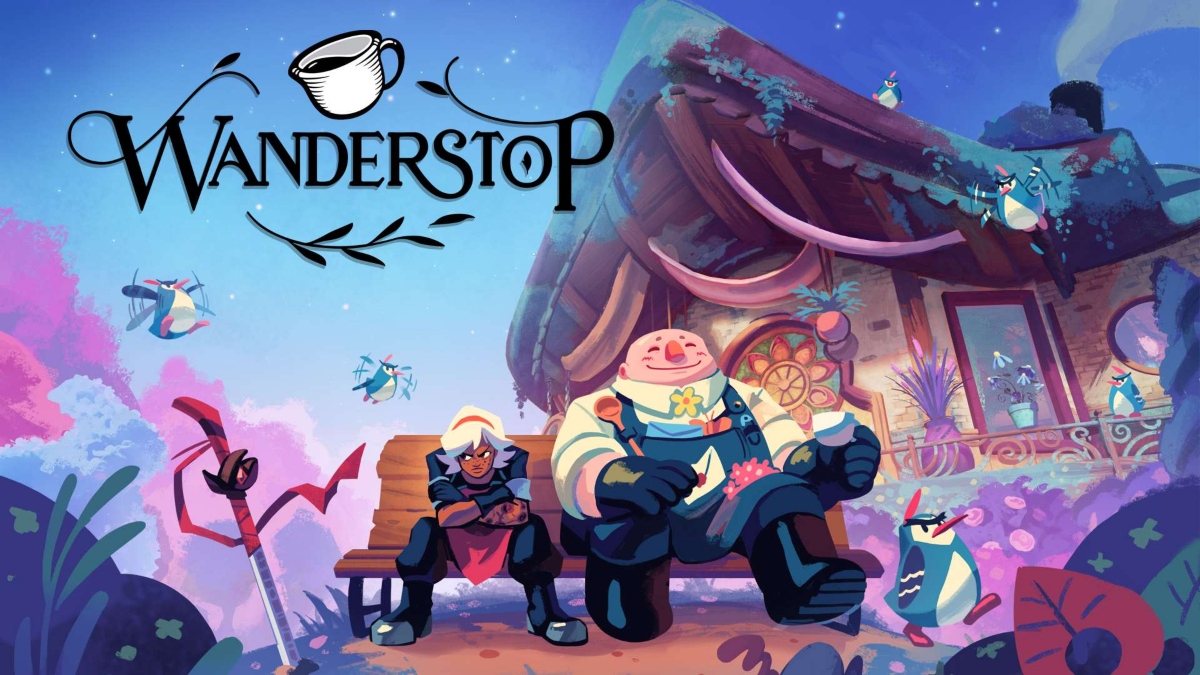Developed by Nintendo. Published by Nintendo. Released October 3, 2014. Available on 3DS. Copy provided by publisher.

It’s been six years since the last Super Smash Bros. appeared on the ridiculously successful Wii console. With over half a decade, you’d think Nintendo could come up with another word for “fight” and use it as a subtitle, alongside both Brawl and Melee. Instead, we’re getting two Smash games with the most literal, self-explanatory titles in the world – Super Smash Bros. for Nintendo 3DS and Super Smash Bros. for Wii U.
Can’t say fairer than that, I suppose.
Super Smash Bros. for Nintendo 3DS is the first to arrive, bringing Nintendo-themed violence to the pockets of good children everywhere. Though there will be a few content changes, the 3DS version of Smash is a near-identical counterpart to the Wii U version, bringing all the same characters and action – though with some obvious graphical downgrades.
The good news is that, despite the 3DS’ control limitations, Smash 3DS really is everything you’d expect from a Smash Bros. game in a smaller package. It’s as addictive, competitive, and amusingly frustrating as it’s always been, with familiar characters and new faces joining the battle to create one of the most essential 3DS games you could hope to find.
Super Smash Bros., in case you didn’t know somehow, is a fighting game designed for literally everybody, born in a classic “easy to learn, tough to master” mold. Characters from across a large library of Nintendo games (and a few non-Nintendo ones) clash in 2D stages, punching, kicking and throwing their opponents in an attempt to increase their damage percentages. The higher a character’s percentage, the further they fly when they’re hit, and the greater the chance of knocking them off the screen – thus eliminating them from the competition. It’s like sumo wrestling, but with more fire-breathing turtle dinosaurs and electric rats.
You have your standard Smash mode, where up you can play a one-off battle against up to three human or CPU-controlled opponents. It’s the quick and dirty way to just start bashing stuff. Smash Run is exclusive to the 3DS version, and has you face off against minion-grade enemies in a sprawling platforming environment, earning power-ups to strengthen your character before facing off against three opponents who’ve been doing the same. It’s a neat little mode, though the onslaught of enemies can be quite irritating at times, especially if you get the wrong combination of freezing, exploding, and impervious minions at once. Still, it’s a great laugh, if only to see how many referential enemies can be packed into one map.
Meanwhile, Classic mode is a single-player “campaign” where you battle your way toward series nemesis Master Hand. Pick a character, travel along a map, choosing your destination based on how tough you want the next battle to be, and unlock various rewards and coins. Here, you’ll face off against the Metal and Giant fighter variants, and it’s where you’ll do most of your character unlocking.
In addition to these game types, All-Star mode runs you through the roster of fighters with set battle conditions, while the Stadium gives you a Home-run contest (beat on a punching bag to raise its damage percentage, then see how far you can hit it), Target Blast (smack a bomb into targets, Angry Birds style) and my personal favorite, Multi-Man Smash, a mode that pits you against an army of opponents in various ways, from a simple ten or 100-fighter battle, to an endless endurance run of foes.
As always, these modes can be customized to include or exclude items, change time limits, tweak the damage ratio and more, allowing for a Smash experience that plays the way you want it to. If you want a fun, chaotic experience, where players can grab blue shells, fire laser guns, or gain the aid of any number of supporting characters through Assist Trophies, so be it. If you take your brawling seriously, you can play free from items and chance, relying solely on your skills while pretending to be in the Evo tournament and saying “rekt” all the time.
Multiplayer is obviously a big part of the experience, and if you haven’t got any friends, there’s a full online mode included. While it’s certainly enjoyable, and there are already millions of Japanese players to face off against, the online connection is certainly not the most reliable in the world. Those who already didn’t like the idea of playing Smash over the Internet due to input lag will be thoroughly put off by what the 3DS has to offer, as the latency is quite noticeable, and the game even has to stop now and then while the connection plays catch-up.
If you can overlook these issues, it’s still quite a good laugh to hop online, though I’d recommend doing so only for casual play. Matchmaking is very quick, and it really only takes a few moments to jump in and get set up. You can also spectate other matches, should you be inclined more toward voyeurism than active participation, or you’re just really intimidated by my superior Bowser skills. Get rekt kappa Pringles, and etcetera.

Smash 3DS is packed with content, and there’s always something to do. As well as unlocking new fighters, there are Trophies to acquire, each with a summary of the character or item portrayed, as well as Achievement-style challenges with their own rewards, and a full character customization system. There’s a feature that allows you to craft your own Mii fighter from one of three archetypes – Brawler, Swordfighter, and Gunner – and outfit it with costume pieces, specialized attacks, and dandy little hats. As you play through various game modes, you’ll uncover more trophies and customization options, with harder difficulties obviously bringing cooler gear to the fore.
More Trophies can be bought at the shop (updated daily) and won in Trophy Rush, a mode where you smash boxes to stop them filling the screen. As always, there’s a ton of them to collect, with fun writeups for each and every single one. Trophies. They’re good!
There are 49 playable characters this time around, and as usual there are all-new brawlers to contend with. Little Mac, Bowser Jr., Greninja, Palutena and Dark Pit, as well as Lucina and Robin all make appearances, joined by some really quite inspired choices. Shulk from Xenoblade gets to alter his fighting style based on various sword arts, boosting stats and nerfing others to face a multitude of situations. The Animal Crossing Villager is simply adorable, especially when he hops onto a Gyroid rocket. There’s also a Duck Hunt fighter, which apparently I can’t talk about in detail even though we all know it’s there. Joining Sonic the Hedgehog are two other third-party characters – Mega-Man, with a range of attacks based on his game series power-ups, and Pac-Man, one of my preferred characters. He flings fruit around, and drops fire hydrants to knock foes about with water bursts.
Sadly, we’ve lost a few characters along the way. It’s hard to go from a game with Solid Snake in it to a game with no Snake at all, and the Ice Climbers have been benched due to the 3DS’ hardware limitations. Other second-billing game characters, like Wolf and Lucas, are also gone from the roster, and with more Pokemon becoming playable, the Pokemon Trainer has hung up his cap. While there are doubtless some who will miss those leaving us, the new additions do a great job of making up for it.
Look, I may be in the minority here, but the inclusion of Wii Fit Trainer is a hilarious and inspired choice. She’s a fun character to play with, using various stretches and poses to knock her enemies aside. Her inclusion is the exact sort of “why the hell not?” decision I’ve come to expect – and admire – from this series.
There are some lovely fresh stages to enjoy too. The Pac-Man stage is a delight, while the Xenoblade one looks beautiful and has a great backing track. One stage set in the Tomadachi Life apartment building has one’s own Miis milling around, as players battle from room to room.
Visually, while this isn’t going to look as good as its upcoming Wii U counterpart, Smash 3DS is still a pretty little game. The addition of a feature that lets you approximate cel-shaded graphics helps a tremendous amount, with a customizable black outline around characters giving them a bolder, more defined appearance. You can turn this feature off, but I recommend at least keeping it on its default settings. As ever, the soundtrack is taken from across the various source games, all delightfully presented here, along with a ton of nostalgic sound effects and voice samples.
I’m not a traditional fighting game player by any means, but I love Super Smash Bros. The magic of the series is that it really can appeal to everybody. I realize this review won’t be very useful to those who are really into fighting games, and want to discuss L-canceling or the controversial status of tripping. It’s awesome that Smash appeals to such people, and it’s a perfectly valid way of enjoying the game. Likewise, it’s also fine to enjoy the series just because you want to make Ganondorf lob Pokeballs at Princess Peach.
Thanks to Nintendo having never exhausted the series (it could’ve gotten away with releasing these games so much more frequently), the delightful surprise of the series has been preserved impressively across four games and fifteen years. Super Smash Bros. for Nintendo 3DS may suffer from some laggy online, and the missing characters will cause concern, but it does enough new stuff, and works so well as a solo or local multiplayer experience, that it holds up its end superbly.
Bottom Line: While designed for your pocket, Super Smash Bros. for Nintendo 3DS does not skimp on the features. A full-fledged Smash game, packed with stuff to discover, and boasting a roster of familiar and thoroughly inventive new characters, this is a beautiful fighting game than everyone can enjoy. Just a shame that the online isn’t that hot.
Recommendation: Do you like Nintendo stuff? Do you have a 3DS? Then you already know you’re getting it, don’t you?
[rating=4.5]













Published: Sep 26, 2014 11:01 AM UTC